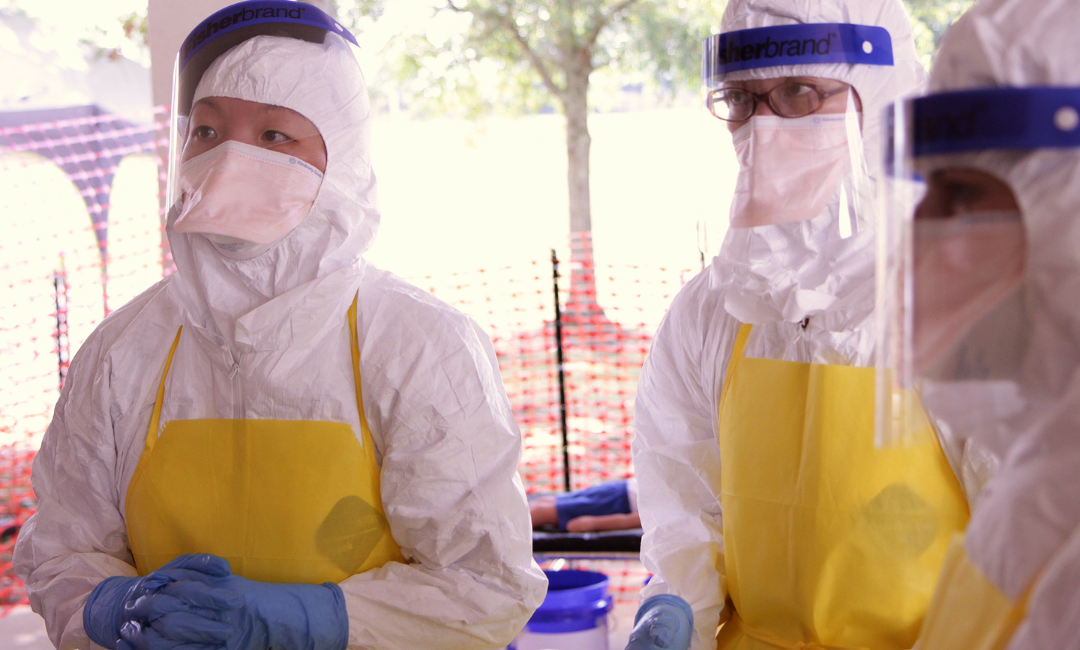Abortion Pill
The term “abortion pill” is the lay term for two medications used in combination to end a pregnancy: mifepristone and misoprostol (notice Plan B is not apart of that combination). Health care professionals can refer to medication abortion to as a medical abortion.
The drug regime, FDA-approved with allowance to administer up to 70 days after the patient’s last menstrual period. Mifepristone works by blocking progesterone, a required hormone for pregnancy progression; and misoprostol, administered 24-48 hours later, induces the onset of contractions, ending the pregnancy. Individuals can take the medications in the privacy of their own home. The drug combination is effective in 92-95% of women. A misoprostol only treatment regime is acceptable if mifepristone is unavailable.
The FDA requires the designated medical personal provide the required information for access to Mifepristone. Misoprostol, not requiring FDA oversight, needs only on-site or off-site prescription.
When the recommended dose of medication does not end pregnancy, surgical intervention may be an additional level of care. Side effects are comparable to a miscarriage: bleeding, cramping, discomfort, nausea, vomiting and chills. The complication rate secondary to medical abortions is low.
Data reports that post medication abortion transfusions rates are less than 1% with 2-10% of patients needing an intervention to control bleeding. With any intervention, providers need to be cognizant of the potential for ectopic pregnancy.









